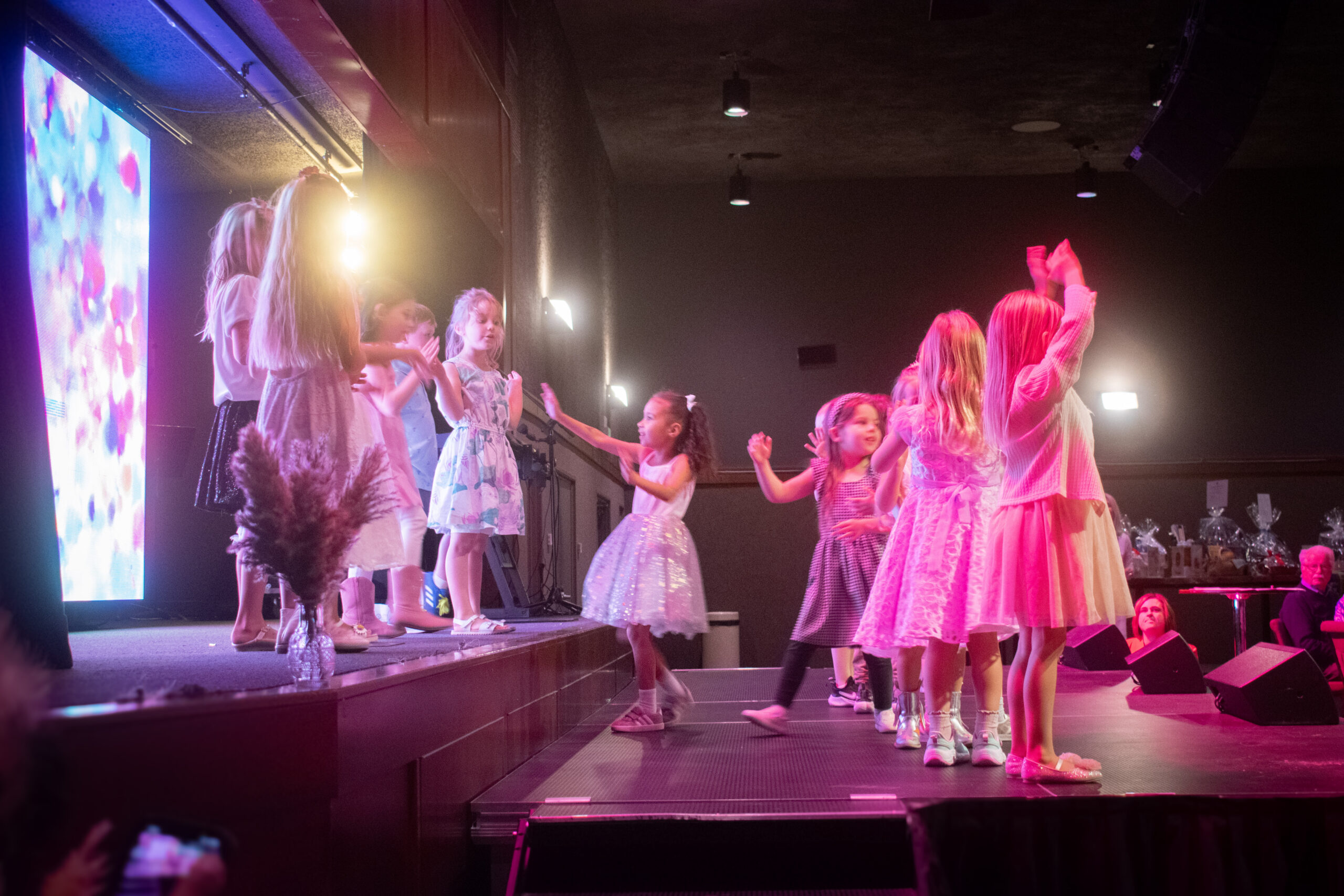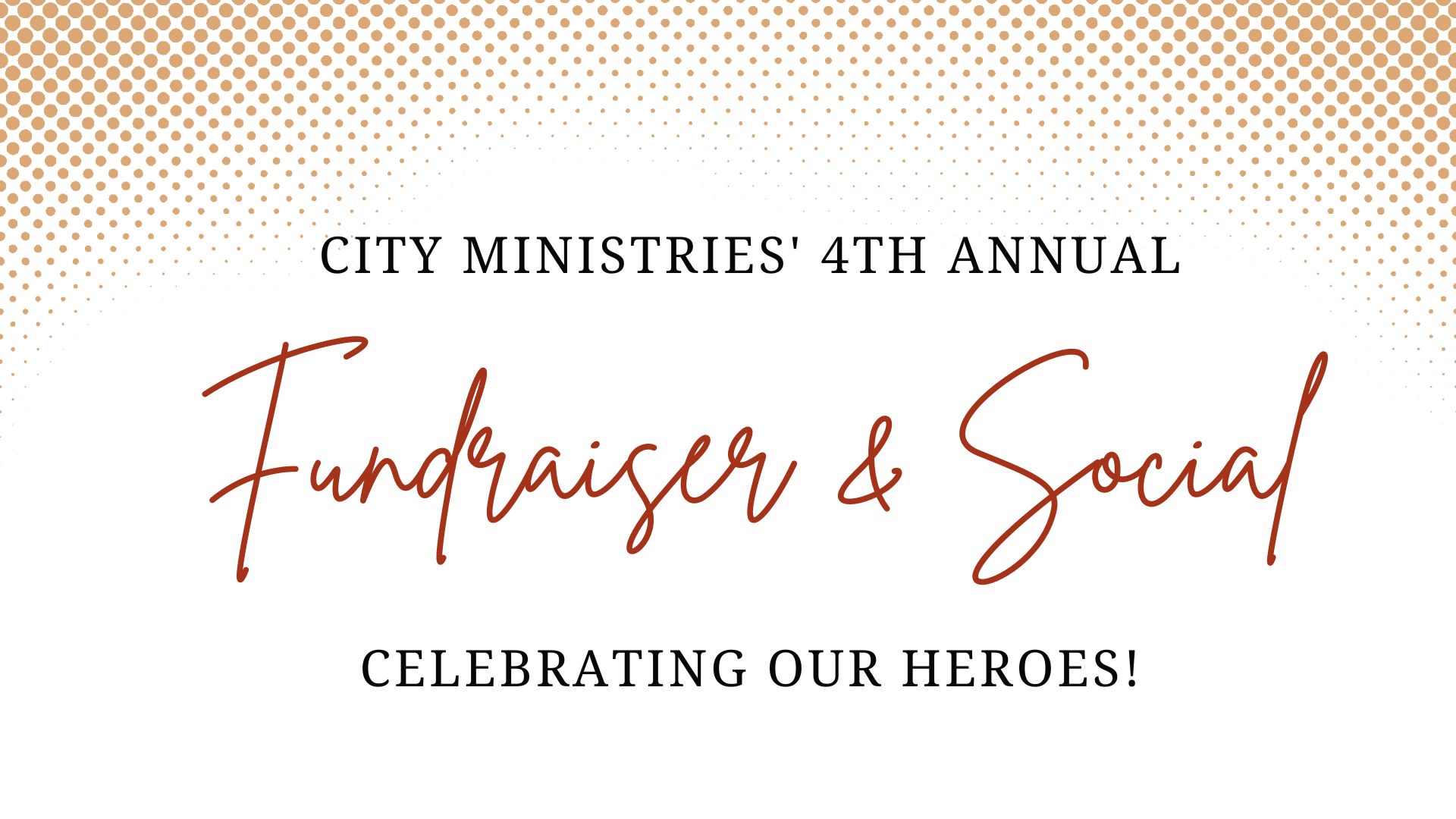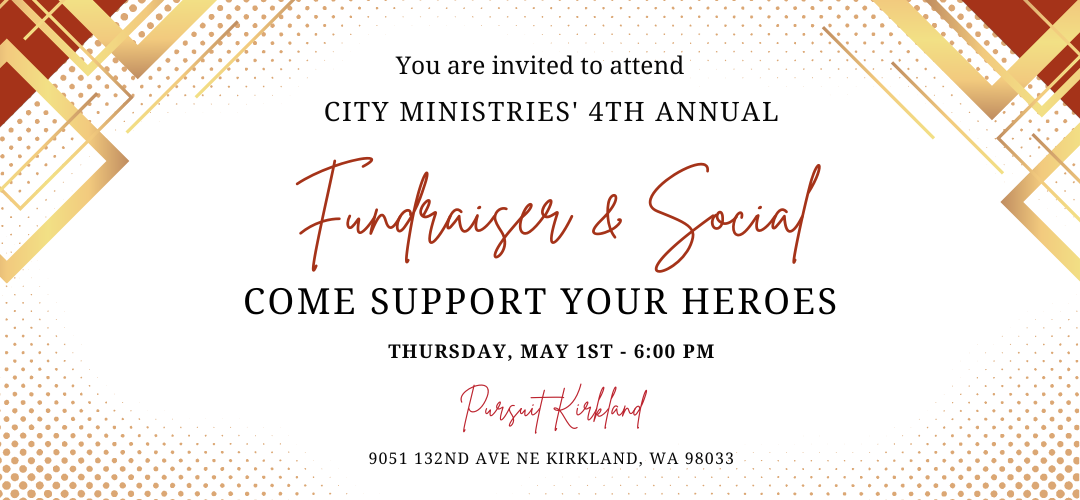Parenting a foster child with Reactive Attachment Disorder (RAD) can be challenging. Understanding and learning how you can support your foster child is the best way to help them succeed.
This comprehensive article explains RAD and common behaviors associated with this disorder. You’ll learn how it affects a youth experiencing foster care and what you can do to help them through this.
Let’s begin by defining RAD.
Reactive Attachment Disorder Defined.
RAD is when infants and young kids don’t create lasting and healthy bonds with their parents or caregivers.
In most cases, RAD develops when children experience any of the following:
- Severe neglect
- Trauma
- Abuse
All of these create disruptions in early childhood development. As a result, children struggle to form healthy attachments with their caregivers.
When a child fails to develop attachments, their growing brains become permanently damaged. This can impact their ability to form future relationships.
Reactive attachment disorder has two classifications – inhibited and uninhibited.
Inhibited RAD can look like hypervigilance. Meaning your child may be more anxious or unsure. You might notice they’re more watchful than other kids.
Uninhibited RAD is the opposite. These children interact with strangers and have no regard for safety. Another name for this is indiscriminate friendliness.
If you’re a foster parent and have a child in your care, we’d love to support you and help find you resources. We are City Ministry Child Placement Agency. We provide a variety of wrap-around services for families and foster children in our care.
Email us today and learn more about how we can support you and your foster child.
If you aren’t sure if your placement has attachment issues, there are a few common behaviors to pay attention to.
Common Behaviors Found in Children With Reactive Attachment Disorder
Extreme emotional reactions
Children with RAD may have intense or unpredictable emotional responses to everyday things. They may respond with anger or aggression when frustrated with a simple task. Or they withdraw as a coping mechanism.
Trouble regulating behavior
Children with attachment problems struggle when it comes to impulse control. You may find they do things that are dangerous or harmful to themselves or others. Often a child with RAD has a hard time following rules and routines.
Display manipulative behavior
A child with RAD may use manipulative behavior to get their needs met. Your foster child might lie, steal, or use other deceptive behavior. Most times these behaviors are done in an attempt to avoid consequences.
Needs constant supervision
Children with RAD may have trouble deciphering appropriate behavior. Because of this, supervision is a must. You want to be sure your child is safe, but you also want to make sure other children are safe when around your child.
Don’t understand boundaries
Children with RAD don’t have a clear understanding of themselves. As a result, they struggle with boundaries. Boundary issues can be physical – clinging to a stranger. It can be verbal – using inappropriate language. Or it can be emotional or mental – using manipulation to get what they want.
Shows a lack of empathy
When the child hasn’t had the ability to develop healthy attachments they lack the ability to understand and share the feelings of the other person. It’s challenging for them to see things from the other person’s perspective.
Problems with food and eating
Because food is a need for survival, most children who have attachment issues will also have issues with food. Your foster child may have not had enough food, or their parents refused them food.
Common food issues include:
- Very picky eater
- Overeating
- Always asking for food
- Hoarding food
- Not eating what’s provided
Your child can still have food issues even if that wasn’t an issue in their biological home.
Live in a state of fear
This can be hard to remember when emotions are high. Often fear is the true emotion behind your child’s challenging behavior. Keep in mind your child experienced trauma, abuse, and neglect. And unfortunately, this is their response to that experience.
A few other behavior patterns to pay attention to include:
- Withdrawal, fear, irritability, or sadness for no reason
- Little response when comforted
- Difficulty seeking comfort from a caregiver
- Lack of social interaction
- Unable to respond to social cues
- Preoccupied with self-soothe behaviors such as rocking or head banging
If you’re fostering an infant, here are a few behaviors to observe with attachment issues.
These include:
- Not smiling
- Lack of eye contact
- Discomfort when held
- Cries often
- No interest in playing with toys or games
All attachment disorders are serious and addressing them immediately is important.
As with most disorders, there’s a continuum of severity. Talking with your child’s doctor is the best place to start.
Reactive Attachment Disorder in Foster Children
Children in foster care experience an enormous amount of change and trauma.
A youth experiencing foster care in Washington state has an average of 5.21 placements during their first year in care.[1] And a foster child who grows up in the system can move 15 times.
That amount of disruption doesn’t go without consequences. When a child moves from home to home it impacts their ability to form healthy bonds.
But attachment issues aren’t isolated to a disruption in a child’s home.
A child can experience attachment issues from challenges while in utero. A pregnant woman who experiences trauma, mental health challenges, or drug dependency can create attachment issues for her unborn child.
In a study of 1,600 children, only 22 of them showed symptoms of RAD.[2] While that’s only 1.3%, it’s important to note that 11 of those 22 kids were in the foster care system. So as a foster parent, chances are good you’ll experience a child with attachment issues.
What can you do to help your foster child with RAD?
9 Ways You Can Support Your Foster Child With RAD
1. Learn about Reactive Attachment Disorder
As a foster parent, understanding attachment disorders benefits you and your child.
Early intervention goes a long way in helping youth experiencing foster care succeed.
2. Find support
You’ve heard this many times, but it’s worth repeating. Connect with a support group, particularly a foster parent group.
Don’t foster parent without a support system. And this is especially true when caring for a child with attachment disorders. Support can be a group, counselors, child caseworkers, or other mental health professionals.
If you don’t have a current support team, we can connect you with someone.
3. Create a predictable environment
Most children do best with an established routine.
A child with attachment issues struggles with insecurity and anxiety. Creating a home life and schedule that’s predictable helps ease this. This can be a regular morning and bedtime routine. Or keeping after-school activities consistent.
Let your child know what’s in the day ahead and do your best to support them when something unexpected happens.
4. Work on building trust
It’s not uncommon for youth experiencing foster care to struggle with trusting their caregivers. And it’s even harder with attachment issues.
Building trust can be spending time together doing what they enjoy. It’s listening when they talk, and providing a safe and secure home that’s reliable for them.
Remind your foster child you’re a safe person and they can come to you with their emotions.
5. Use positive reinforcement
A child with RAD might struggle with their self-esteem.
Because they lack empathy, they don’t understand how their behavior impacts others. Positive reinforcement is an effective way to build your foster child’s self-worth.
When you see them doing something positive, let them know. This way they can connect the dots between their behavior and positive outcomes.
6. Connect with a therapist
You signed up to be a foster parent, and it’s okay if you don’t feel qualified to take on the role of a therapist.
Finding a therapist who specializes in attachment disorders is one of the best things you can do for yourself and your child. A therapist can help your foster placement learn new coping strategies and skills.
And they can help you learn how to better support your child.
7. Don’t neglect yourself
Caring for a kid with RAD is no easy feat, and at times can feel like it’s not getting any better.
If you don’t continue caring for yourself and your needs, you’ll be no good for your child. Prioritizing self-care isn’t a luxury, but a necessity. Set aside time each week when you can do something that reenergizes you.
If you have a hard time caring for yourself, this is where a support group is helpful.
8. Don’t blame yourself
It’s easy to think you’ve done something wrong or somehow made it worse for your child. Don’t let that lie consume you.
These attachment issues are the result of their trauma. Even the world’s best parents will feel the struggle with RAD behaviors.
Give yourself grace when it comes to parenting a foster child with attachment issues.
9. Parent with confidence
You might feel judged by other parents when caring for a child with RAD. What’s unacceptable for some parents, might be acceptable for you. And this is because you know your child’s situation.
Don’t feel like you need to explain your child and their struggles.
Your parenting might seem unconventional to others. Keep in mind your child does best with limits and structure. Be confident knowing you’re providing the kind of parenting your child needs.
Caring for a child who has experienced neglect, abuse, and trauma takes a special person. And while it may be a demanding role, it’s not impossible.
At times, it can feel like a very isolating experience. Especially if you aren’t connected with other foster and adoptive families. Remembering you’re not alone goes a long way when continuing to stay committed to your foster child’s care.
Other parents have gone through this. You might find comfort in their perspective.
Encouraging Words From Other Parents Who’ve Fostered a Child With Rad.
Ways parents have described caring for a foster child with Reactive Attachment Disorder include:
- “It’s like we’re living in a war zone.”
- “She’s out to get me and manipulate me.”
- “I feel like my child is gaslighting me.”
- “Their behavior is bizarre and doesn’t make sense.”
- “You can’t make this stuff up.”
- “People don’t believe me when I tell them stories.”
- “I thought I was a pretty good parent until I experienced this.”
If you’re a foster parent in the greater Seattle area we’d love to connect with you.
Our skilled team is here to support you and your foster child. Email us today and let us know how we can partner with you on your foster parenting journey. You’re taking on a huge responsibility in caring for youth experiencing foster care with attachment needs.
We want to encourage and provide you and your child with the right resources.
You want to be familiar with the symptoms. But also understand how this disorder affects your child’s development. This includes their social, emotional, and relational development.
REFERENCES:
“Let’s Get Real About Foster Care: 6 Myths Debunked – ParentMap.” 1 May. 2017, https://www.parentmap.com/article/washington-state-foster-care-myths. Accessed 8 May. 2023.
“Reactive Attachment Disorder in the General Population – NCBI.” 18 Apr. 2013, https://www.ncbi.nlm.nih.gov/pmc /articles/PMC3654285/. Accessed 9 May. 2023



